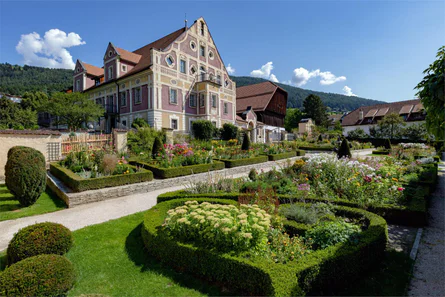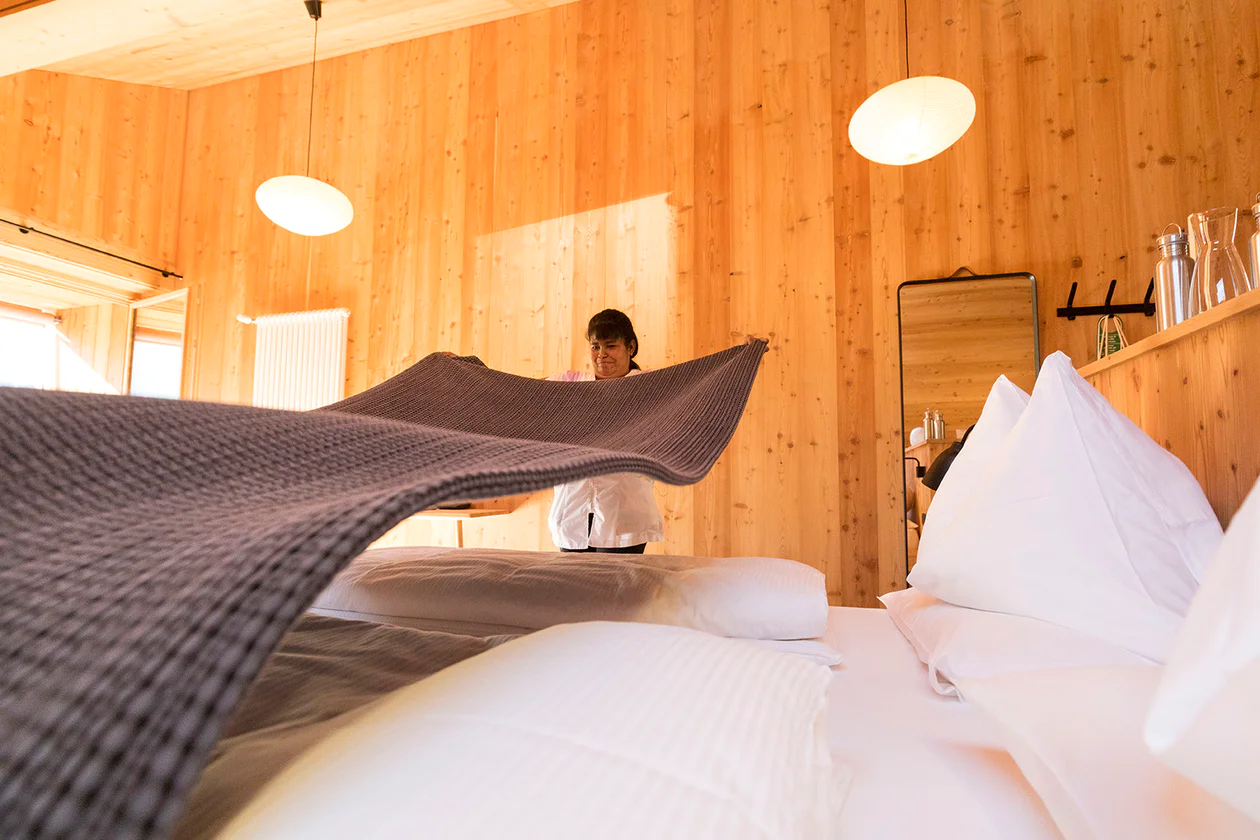The South Tyrolean Folklore Museum is the oldest of the provincial museums in South Tyrol and offers a view of social life in the past. The noble residence “Mair am Hof”, built in the 17th century, gives you the opportunity of following a striking itinerary through the refined world of local aristocracy. The stately rooms of the landed gentry and the collections of the museum are located inside the residence. Translocated original farm houses, craft workshops and cottage gardens are situated on the three hectares of the green area. A walk through the open air site takes you into the everyday world of various peasant groups of the past: from the self-sufficient farmers to rural craftsmen, cottagers and labourers.

















































































































